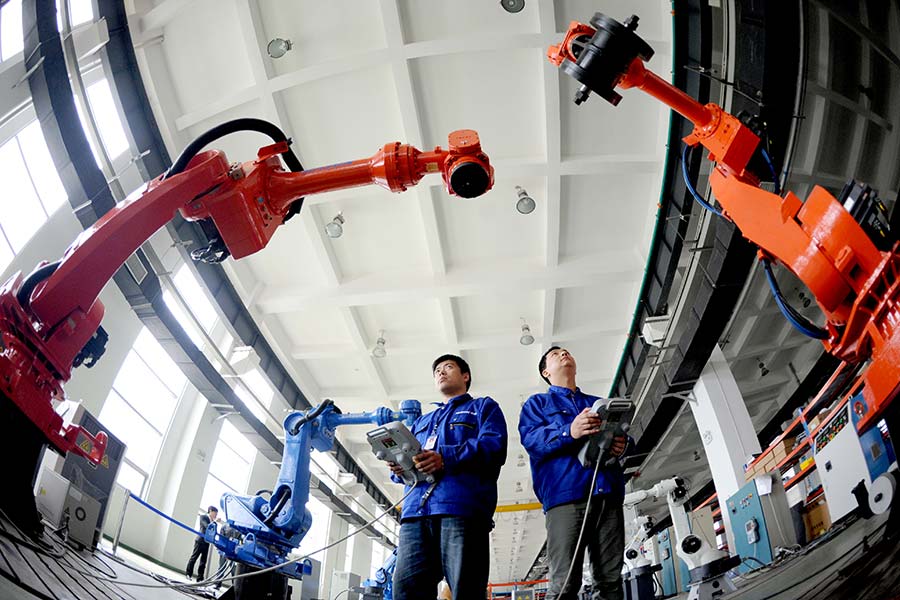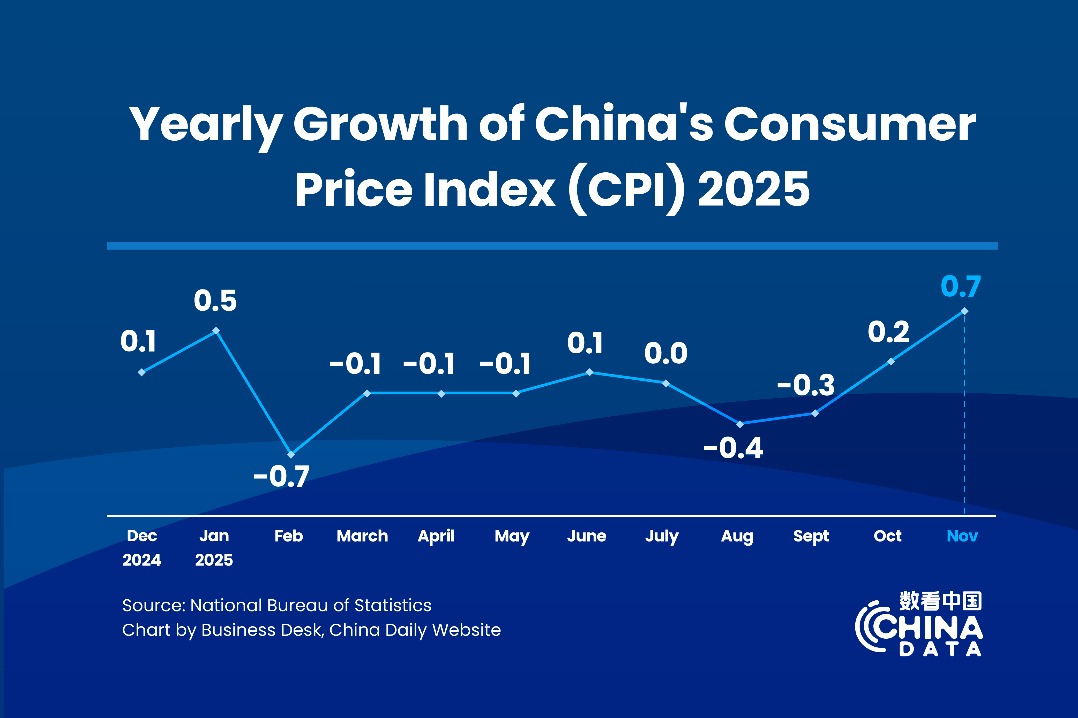Deleveraging presses on, with lingering risk


China's deleveraging campaign has yielded some tentative progress, but will meet more testing times ahead as risks may accumulate at local levels, according to Moody's Investors Service.
The country's low reliance on external finance, its large foreign currency reserves, and still extensive capital control regime remain key features that support system stability and mitigate systemic risks according to the rating agency, but risks may emerge from interconnectedness that could transmit and amplify local financial distress and adversely impact regional economies.
"Non-bank financial institutions and small and mid-sized banks are highly connected to shadow banking activities, and these relationships could become a channel for the transmission of financial and economic shocks," said Lillian Li, a Moody's vice president and senior analyst.
Deleveraging is likely to have an uneven impact across regions. For example, regions such as Liaoning, Shanxi, Hunan, Yunnan province and Tianjin with a high concentration of overcapacity industries or outdated industrial structures stand out as the most exposed to overall economic and financial stress.
The government's efforts to promote deleveraging appeared to gather pace, with a slew of measures to promote leverage cuts at large state-owned firms rolled out earlier this month.
All State-owned enterprises are required to lower their average ratio of liabilities to assets by 2 percentage points by 2020 from 2017 levels, according to an earlier guideline by the National Development and Reform Commission.



































